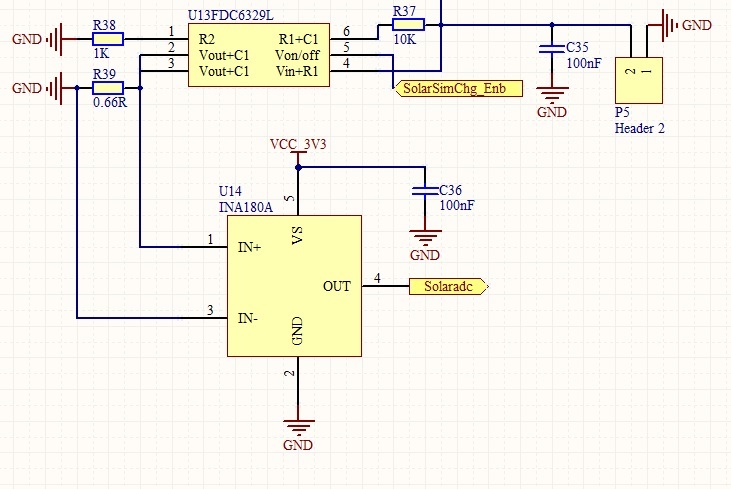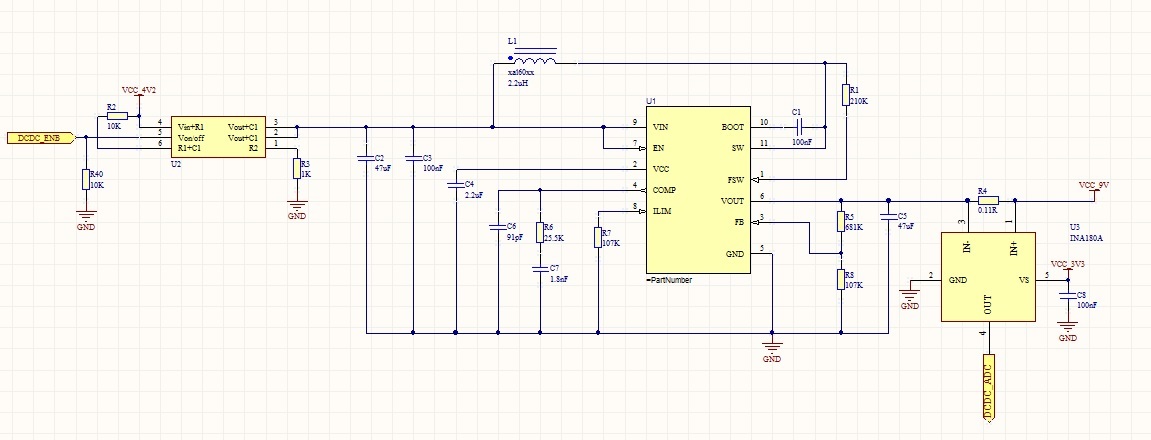Other Parts Discussed in Thread: INA240, OPT3001
Hi All
I have not used a sensing amp before and would like to have some advice.
I am planning to use the INA180 for two applications.
- Monitoring solar strength from the 5V 240mA. I plan to keep an simulation load (20 ohms ) and use that the monitor the max current output. Would that be the best approach?
- I would also like to test if solenoids are connected to my system, and therefore would like to add another INA180 to the output of my DC-DC step up. The Step up connect directly to a H-Bridge circuit, therefore monitoring the current going into the H-Bridge will give me an indication if its be connected correctly. Would this be the correct approach?
How would i calculate the sense resistor to use and how to determine the current consumption from the voltage output?




